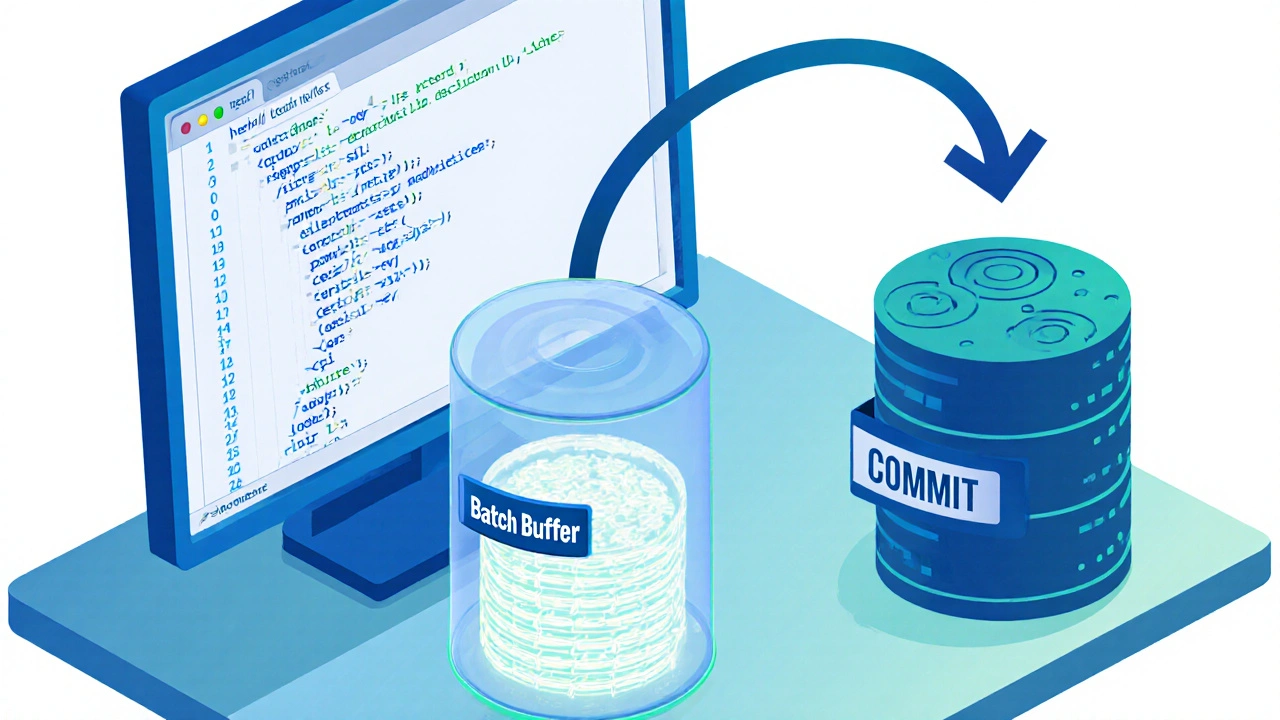Transaction Management in Video Production
When dealing with transaction management, the process of planning, executing, and monitoring financial exchanges and contractual obligations in a project. Also known as deal handling, it’s the backbone that keeps video productions on budget and on schedule.
Key Components of Transaction Management
A solid pricing, structure defines how much a creator pays for editing services, software licenses, or data usage directly influences the health of any video venture. For example, the "Professional Video Editor Pricing" guide shows hourly versus flat‑fee rates, while the "How Much Data Does a 10‑Minute YouTube Video Use?" article reveals hidden bandwidth costs. Meanwhile, contracts, legal agreements that lock in deliverables, timelines, and payment terms protect both parties and prevent scope creep. A well‑written contract can turn a one‑off edit into a retainer relationship, which the "Professional Video Editor Pricing" post breaks down into clear models. Finally, a reliable workflow, the sequence of tasks from footage intake to final export ties pricing and contracts together, ensuring that every dollar spent translates into timely, quality output. Tools like Premiere Pro, Canva, and Final Cut Pro each shape these workflows—Premiere Pro offers deep integration with project budgeting, Canva streamlines quick edits for tight budgets, and Final Cut Pro shines for Mac‑centric pipelines.
Below you’ll find a curated selection of articles that dive deeper into each of these areas: software comparisons, realistic editing timelines, pricing benchmarks, and practical contract tips. Whether you’re a freelancer negotiating rates or a studio manager overseeing multiple shoots, the pieces ahead will give you actionable insights to sharpen your transaction management game and keep your video projects profitable and on track.
16
Understanding How Transaction Batching Works - Boost Database Performance
Learn how transaction batching groups multiple database operations into a single atomic unit, boosting performance while preserving ACID guarantees. Get step‑by‑step guidance, real‑world examples, and best‑practice tips.
Latest Posts
Popular Posts
-
 Parental Controls on Free Streaming Apps: How to Keep Kids Safe Online
Parental Controls on Free Streaming Apps: How to Keep Kids Safe Online
-
 Four Weddings and a Funeral Review: Why It’s Still the Gold Standard of ’90s Rom-Coms
Four Weddings and a Funeral Review: Why It’s Still the Gold Standard of ’90s Rom-Coms
-
 Best Horror Movies on Streaming Services Right Now
Best Horror Movies on Streaming Services Right Now
-
 How to Find All Your Streaming Subscriptions and Stop Overpaying
How to Find All Your Streaming Subscriptions and Stop Overpaying
-
 Breakout Indies at the Box Office: How Word-of-Mouth Made These Films Blockbusters
Breakout Indies at the Box Office: How Word-of-Mouth Made These Films Blockbusters


